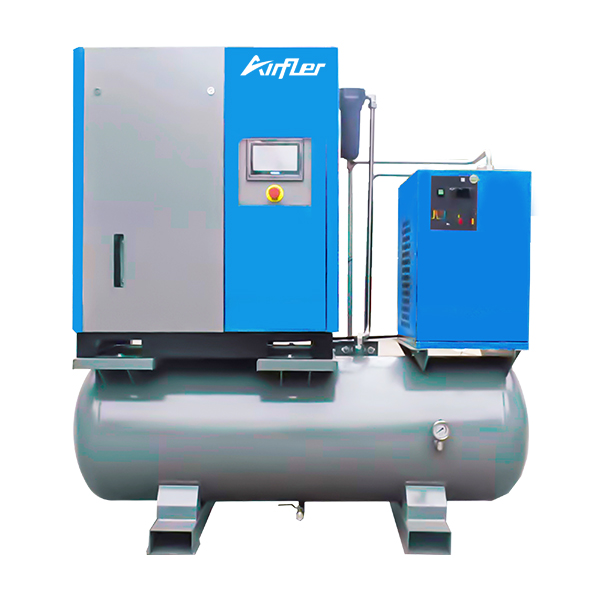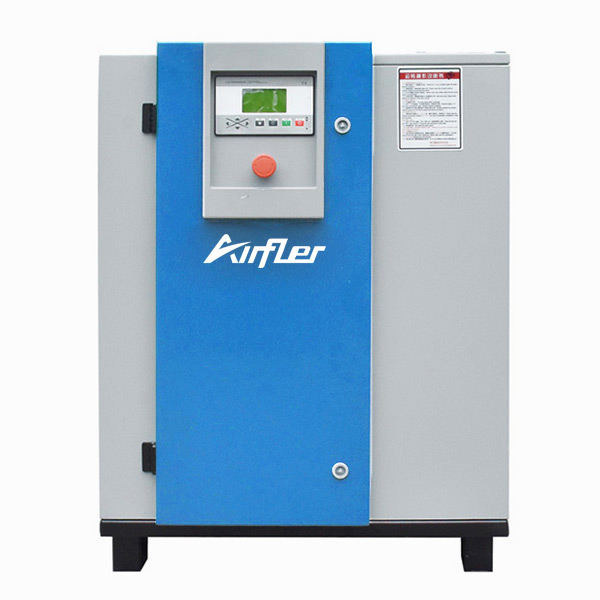Oil-free or oil-less air compressors are becoming more prevalent in the food industry. “Class-zero” air means that there is no oil in the air. Only one inline filter is needed to capture any possible hydrocarbons or other contaminants the compressor may ingest. Although the upfront costs are higher with oil-free compressors, the maintenance over the life of the compressor is much less as parts such as oil filters, separators, and oil are not needed.
Once atmospheric air has been effectively filtered in food production facilities, it moves onto the nitrogen generator systems. Producing nitrogen onsite at food processing, production, and packaging facilities can allow for savings of up to 75% of the total costs associated with nitrogen delivery. On-site nitrogen production systems take in compressed atmospheric air and strip out the oxygen and moisture to produce clean, dry nitrogen with purity levels as high as 99.99%. Below are the two primary types of systems, pressure swing adsorption (PSA) nitrogen generation systems and nitrogen membrane generators.
PSA Nitrogen Generators — These systems actually employ two alternating processes, purification and regeneration.
Purification — The first step involves drawing air into the system for immediate filtration in order to remove large air particulates. The air then passes through dryers to remove most of the water vapor from the air. Next, the air goes through a device called a carbon molecular sieve, which removes the remaining water and oxygen molecules from the air. The nitrogen is then redirected to a separate buffer vessel for further filtration before making a return trip to the instrumentation compartment of the PSA generator. Here, final pressure and flow rate adjustments are made in order to tailor the gas for the intended application.
Regeneration — After a period of extended use, the carbon molecular sieve becomes saturated with absorbed oxygen, and the system requires the absorbed oxygen to be removed from the sieve in the regeneration phase. This is accomplished by diverting some purified nitrogen gas from the buffer vessel back to the sieve. The nitrogen gas is expanded to standard atmospheric conditions, in which the oxygen is able to remix with the nitrogen. This gas is then expelled from the system via a simple exhaust valve.
Nitrogen Membrane Generators — Nitrogen membrane generators, on the other hand, consist of hollow membrane fibers that bundle together to physically separate the molecules. After separation from the nitrogen, the oxygen is vented to an exhaust system while the captured nitrogen is diverted to a separate storage system. This type of nitrogen generation is far more effective for smaller applications, as the filter does have a finite life span. Additionally, there is no mechanism to “regenerate” the filters, as there is with PSA generators.
 English
English 简体中文
简体中文 French
French English
English Portuguese
Portuguese Russian
Russian Spanish
Spanish






